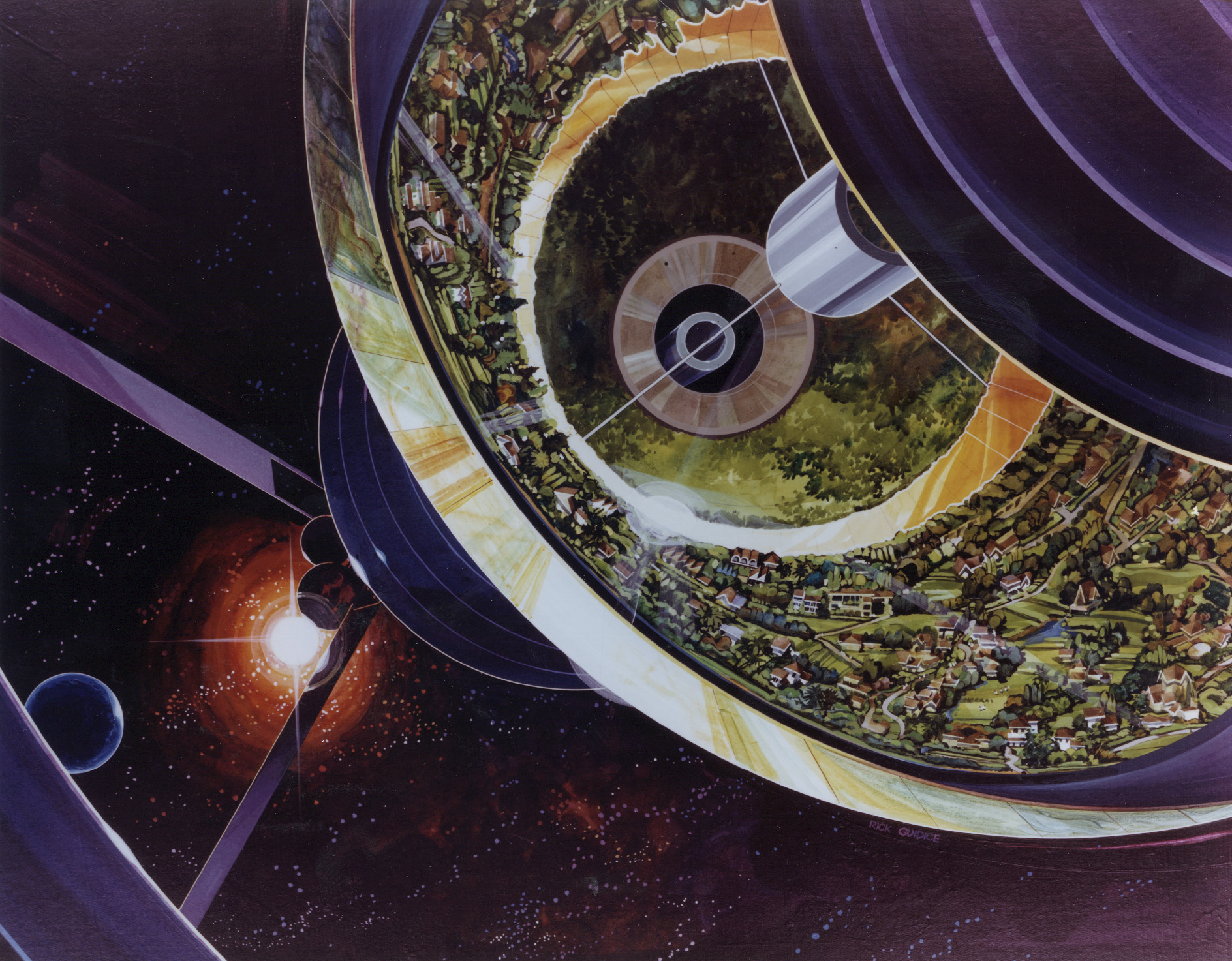This white paper outlines the business case and identifies the gaps to be closed
Terraforming Mars for settlement in 50 years?
Orbital debris removal experiment scheduled for launch in 2020
One barrier to establishing a vibrant space based economy in low earth orbit and beyond is solving the increasingly alarming orbital debris problem. Tethers Unlimited, partnering with TriSept Corp., Millennium Space Systems and Rocket Lab plans to test a new technology to increase the drag of a test satellite when compared to a control payload in lower earth orbit early next year
NASA announces partnerships with industry on technologies needed to settle space
Of particular interest is work with SpaceX to study on-orbit refueling and rocket plume interaction with lunar regolith: https://www.nasa.gov/press-release/nasa-announces-us-industry-partnerships-to-advance-moon-mars-technology
Lunar in situ resource utilization
Dennis Wingo summarizes the historical context and business case for ISRU to enable lunar settlements: https://denniswingo.wordpress.com/2019/07/25/chicken-egg-chicken-on-the-moon/
National Space Society issues position paper on Space Solar Power
Download the paper here: https://space.nss.org/media/NSS-Position-Paper-Space-Solar-Power-2019.pdf
NASA publishes plan for commercial LEO development
The plan, entitled NASA’s Plan for Commercial LEO Development addresses supply and demand, as well as the steps that will be taken in the near-term, mid-term, and long-term: https://www.nasa.gov/leo-economy/vision-for-low-earth-orbit-economy
Made in Space to demo 3D-printing components in space
The California based company scored a $73.7 million NASA contract to demonstrate how its Archinaut One spacecraft will manufacture and assemble parts while in low-Earth orbit: https://www.digitaltrends.com/cool-tech/nasa-3d-print-spacecraft-parts-in-orbit/
Astrobotic scores $5.6 million contract from NASA to deliver MoonRanger lunar rover
Partnering with Carnegie Mellon University the space robotics company was selected by NASA’s Lunar Surface and Instrumentation and Technology Payload (LSITP) program on July 1 to develop the autonomous rover to validate remote sensing and communication technologies to be used for eventual prospecting for lunar resources. The robot could be delivered to the lunar surface via the Commercial Lunar Payload Services (CLPS) program as soon as 2021:
Two near-term research projects for mining the moon and asteroids
Skylight uses high-resolution images to create 3D models of craters to enable mapping and prospecting for resources.
Mini Bee is a proof-of-concept platform for optically focusing sunlight on asteroids to ablate surface material toward collection of water and minerals
https://www.space.com/nasa-moon-asteroid-mining-concepts-niac-2019.html
